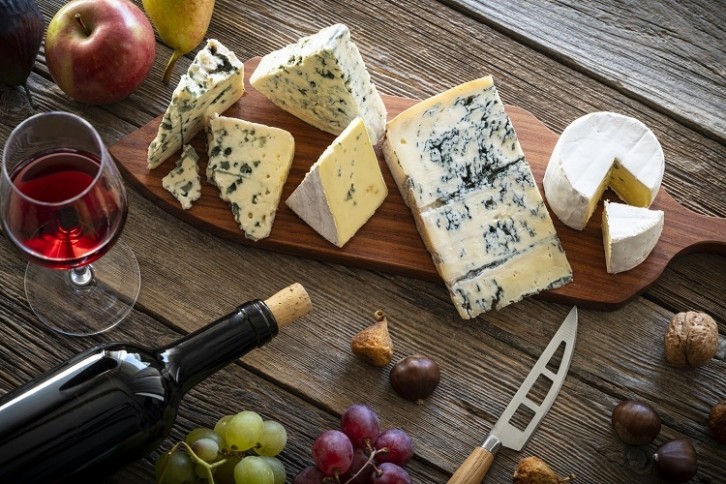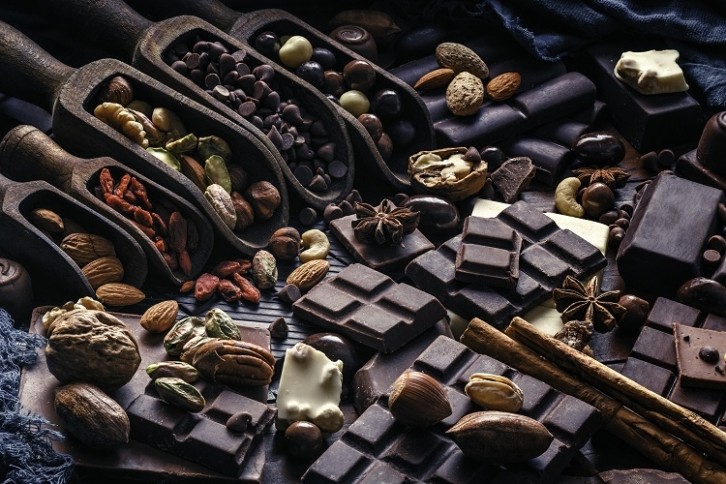Health trends are a major driver of sales for the food industry, with consumers increasingly embracing a healthier lifestyle. Gut health, for example, has gone from a relatively unknown concept to the unstoppable food trend juggernaut we know and understand today. And where consumer interest leads, manufacturers inevitably follow, resulting in the creation of everything from gut-friendly drinks to gut-friendly flapjacks – you name it, they’ve gut-friendly got it.
So, what’s the new food trend sparking consumer interest? Well, it could just be the avoidance of high-histamine and histamine-releasing foods.
“In the last few years I’ve seen a huge increase in people asking about the low-histamine diet,” Chloe Hall, founder of The Calm Gut Dietitian, told FoodNavigator.
So what’s behind this increase in consumer interest in the low-histamine diet?
There are multiple theories as to why food intolerances, in general, are on the rise, the most prevalent of these being the ‘hygiene hypothesis’.
According to the Food Allergy and Anaphylaxis Connection Team (FAACT), “the hygiene hypothesis suggests that as our environment has become ‘cleaner’, some children’s immune systems – left with decreased invaders to battle – may overreact to new food proteins and create allergic responses instead.”
Health professionals also believe these intolerances could be linked to other factors such as the effects of long COVID or hormones.
“I think part of the increase is as a result of COVID. There appears to be a subset of people with long COVID who have developed histamine intolerance and/or mast cell activation syndrome (MCAS). There has also been an increase in awareness about how hormonal health may effect histamine intolerance and how the menopause may worsen or cause this condition for some women. Most of the research we have on histamine intolerance has come out in the last 10 years so this is an area that we are becoming more aware of and learning more about and, therefore, more health professionals and clients are talking about it.”
What is histamine?
Histamine is made in the body from the amino acid, histidine. In addition to this, certain bacteria in the gut can also produce histamine. Outside of the body, the main source of histamine, is food.
Histamine can become a problem if the body over-produces histamine and fails to adequately manage it by breaking it down.
According to Aisling Phelan of The Gut Health Doctor, “histamine intolerance is classified as a ‘pharmacological food hypersensitivity’ rather than a food allergy.”
Furthermore, it’s difficult to know if an individual has high histamine levels.
“There is no single test for histamine intolerance and the only way to diagnose this is by a 2-4 week low histamine diet followed by re-introduction of foods to identify sensitivities and tolerance levels,” explains The Calm Gut Dietitian’s Hall.
What are high-histamine foods?
High-histamine foods are foods which contain high levels of histamine. High-histamine foods are not a concern for many consumers. However, consumers who have an issue with their natural histamine levels can help to manage their histamine levels by consuming low histamine foods.
Examples of high-histamine foods include processed meats, aged cheeses, legumes and citrus fruit. Fermented Foods are also considered to be high in histamine, though the level of histamine in fermented foods can fluctuate based on preparation techniques and the length of aging.
Food additives such as yeast and malt extracts are also high in histamines, as are herbs and spices such as cumin, mustard, paprika, chilli and pepper.
Additionally, coffee, wine, beer and cider are all high in histamine.
Examples of low-histamine foods include fresh meat, eggs, wholegrain products including pasta and bread. Most fresh fruits are low in histamine, with the exception of citrus fruits. Similarly, most fresh vegetables are low in histamine, with the exception of tomatoes, aubergine and spinach.
What are histamine-liberating foods?
Even if a food is not itself high in histamine, it may trigger the body’s mast cells (the cells which produce histamine) to release histamine into the bloodstream. These foods are known as ‘histamine liberators’.
Far less is known about histamine liberators and further studies are required in this area.
Examples of histamine-liberating foods include chocolate and nuts.
How does histamine affect the body?
High histamine levels, often referred to as a high ‘histamine load’, can affect the body in a number of ways.
Symptoms of high-histamine levels
- Gastrointestinal symptoms, such as abdominal distension, pain and diarrhoea
- Nerve symptoms, such as headaches
- Cardiovascular symptoms, such as low blood pressure, dizziness, and irregular heartbeat
- Skin symptoms such as facial flushing, itching and rash
- Respiratory symptoms (such as sneezing), although these are less common
Opportunity for the food and beverage industry
For individuals with high-histamine levels, adopting a low-histamine diet could lead to significant health benefits. However, there are concerns that its restrictive nature could lead to the absence of essential nutrients.
“The low-histamine diet is not a diet that people should try without the support of an experienced health professional,” explains The Calm Gut Dietitian’s Hall. “It can be nutritionally and socially restrictive and there is a huge amount of conflicting information online. Professionals will be able to tell you which foods are actually low-histamine, based on research studies.”
The restrictive nature of the low-histamine diet could potentially present a huge opportunity to food and beverage manufacturers. There is potential to create products specifically for individuals looking to reduce their histamine levels whilst maintaining their intake of essential vitamins and minerals. In the same way that most supermarkets now carry a gluten-free range, they could also offer a low-histamine range.
According to the European Federation of Asthma and Allergy Associations (EFA), “17 million Europeans suffer from food reactions, of which 3.5 million are under the age of 25.” Furthermore, these numbers are expected to rise, with the World Health Organization (WHO) now recognising food allergies and intolerances as a global health issue.

